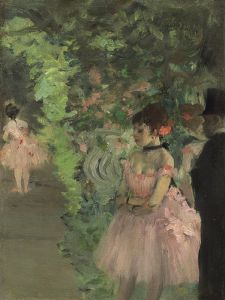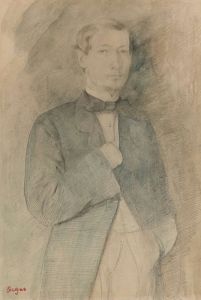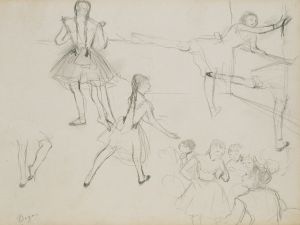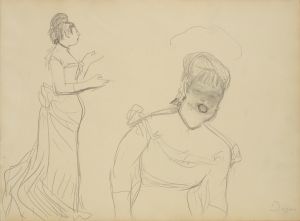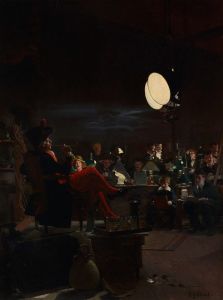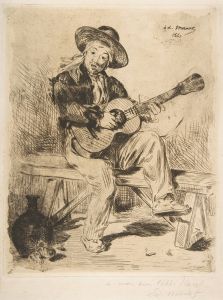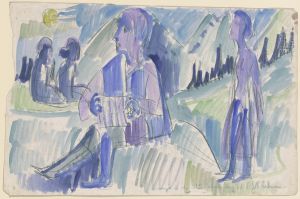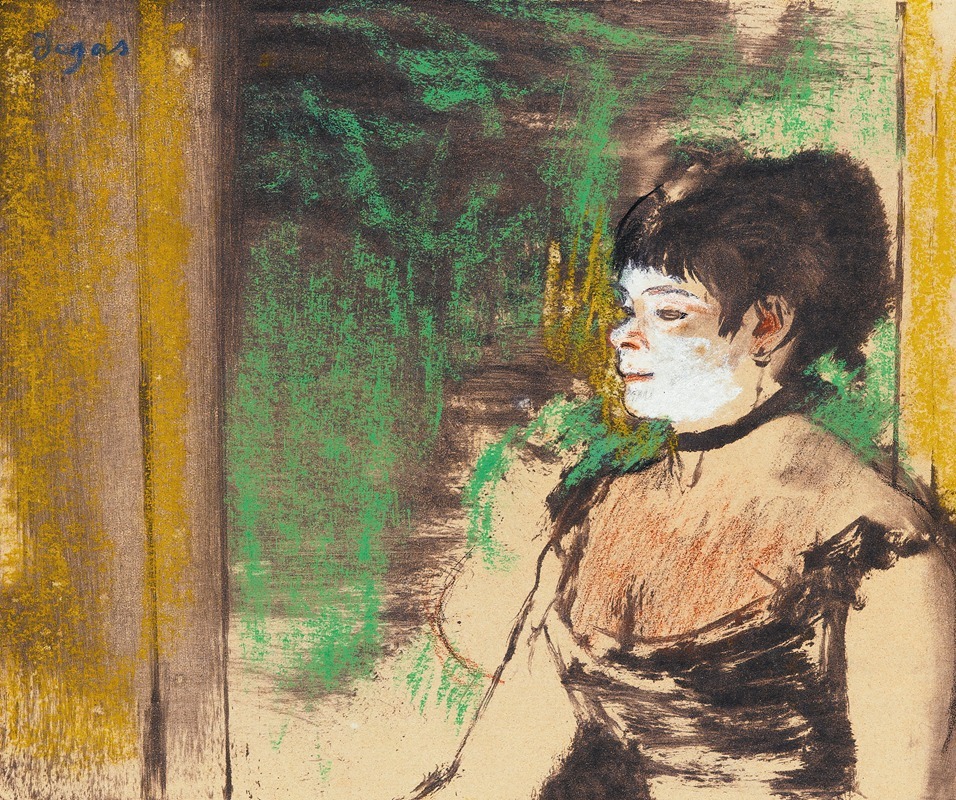
Chanteuse De Café-Concert
A hand-painted replica of Edgar Degas’s masterpiece Chanteuse De Café-Concert, meticulously crafted by professional artists to capture the true essence of the original. Each piece is created with museum-quality canvas and rare mineral pigments, carefully painted by experienced artists with delicate brushstrokes and rich, layered colors to perfectly recreate the texture of the original artwork. Unlike machine-printed reproductions, this hand-painted version brings the painting to life, infused with the artist’s emotions and skill in every stroke. Whether for personal collection or home decoration, it instantly elevates the artistic atmosphere of any space.
Chanteuse de Café-Concert is a pastel artwork created by the French Impressionist artist Edgar Degas. This piece is believed to have been completed around the late 1870s or early 1880s, a period when Degas was deeply engaged in exploring themes of modern urban life and entertainment in Paris. The title, which translates to "Singer in a Café-Concert," reflects the subject matter of the work—a performer in a café-concert, a popular form of entertainment in 19th-century Paris that combined music, singing, and social gathering.
The artwork depicts a female singer performing on stage, illuminated by artificial light, which was a relatively novel feature in public spaces during this era. Degas captures the atmosphere of the café-concert with his characteristic use of pastel, employing vibrant colors and dynamic strokes to convey the energy and immediacy of the scene. The singer is shown mid-performance, her posture and expression suggesting engagement with her audience. The background is loosely rendered, emphasizing the focus on the performer while also hinting at the bustling, lively environment of the venue.
Degas was known for his interest in modern life and his ability to depict fleeting moments with a sense of spontaneity. His works often focused on performers, including dancers, singers, and musicians, as he sought to capture the intersection of artifice and reality in their lives. In Chanteuse de Café-Concert, Degas's use of pastel allows for a rich texture and a sense of movement, qualities that are emblematic of his mature style.
This piece is part of Degas's broader exploration of Parisian nightlife and entertainment culture, which was a recurring theme in his work. The café-concerts were an integral part of the social fabric of Paris during the late 19th century, offering a space where people from various social classes could gather to enjoy performances. Degas's depiction of these venues provides valuable insight into the cultural life of the time.
As with many of Degas's works, Chanteuse de Café-Concert reflects his interest in the effects of artificial lighting and its impact on color and form. The interplay of light and shadow in the piece highlights the performer's figure while creating a sense of depth and atmosphere. This focus on lighting and its effects was a hallmark of Degas's approach to modern subjects.
The artwork is currently housed in the Musée d'Orsay in Paris, which holds an extensive collection of Degas's works. The museum's collection provides a comprehensive view of Degas's artistic development and his contributions to the Impressionist movement.







